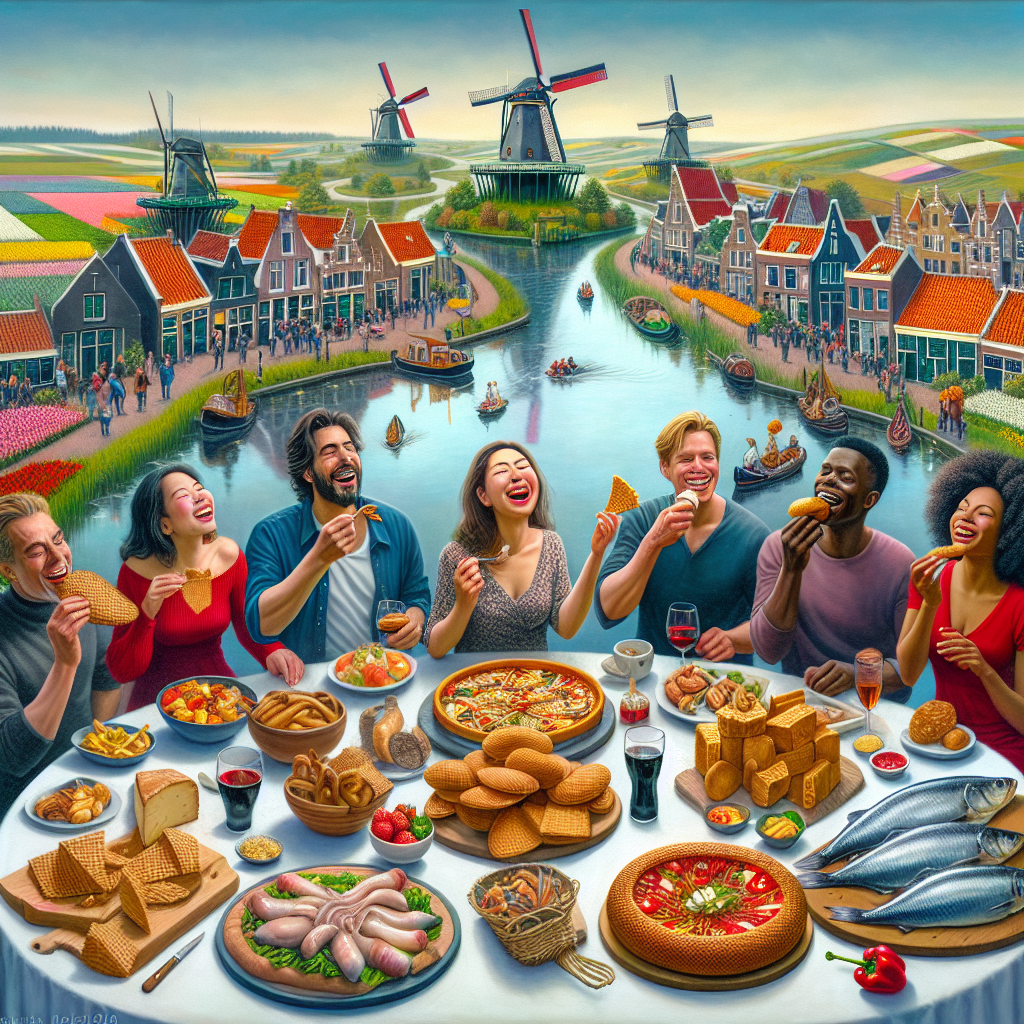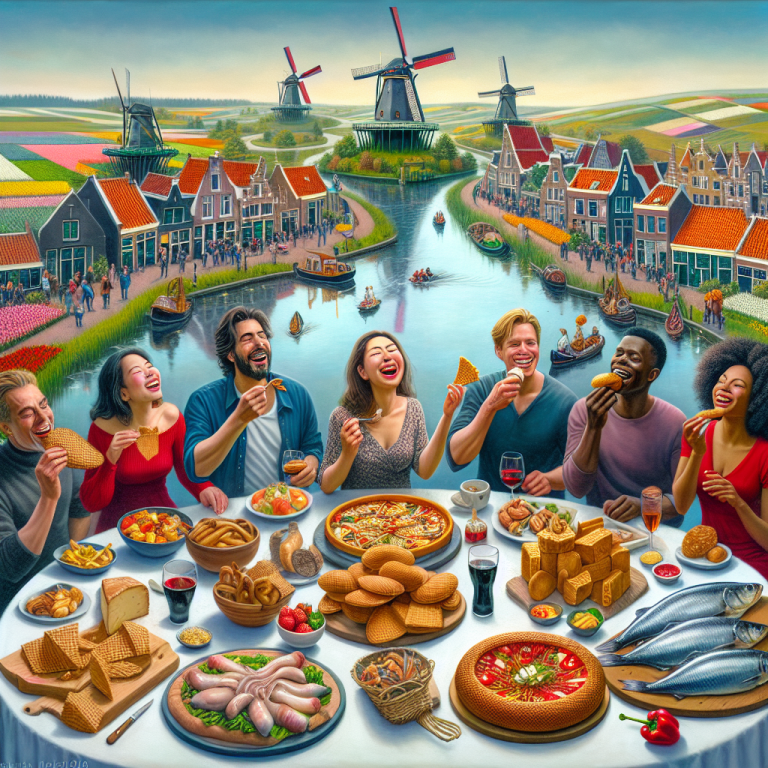Understanding Dutch Dining Etiquette and Customs
“`html
Understanding Dutch Dining Etiquette and Customs
“Did you know that the Netherlands ranks among the top 10 happiest countries in the world, largely due to its rich cultural traditions and social practices?” As someone who has spent over two decades writing about cultural nuances and global etiquette, I find the Dutch approach to dining both fascinating and enlightening. Whether you’re planning a trip to the Netherlands or simply curious about international customs, understanding Dutch dining etiquette can offer a window into the heart of Dutch culture.
The Historical Roots of Dutch Dining Etiquette
To truly appreciate Dutch dining customs, it’s essential to delve into their historical roots. The Netherlands, known for its maritime prowess and trading history, has long been a melting pot of cultures. This diversity has significantly influenced its culinary traditions and dining etiquette.
In the 17th century, during the Dutch Golden Age, the country experienced a cultural and economic boom. This period saw the rise of a wealthy merchant class that valued social gatherings and elaborate meals. Dining became an art form, with etiquette playing a crucial role in showcasing one’s social status. Fast forward to today, and while the Dutch dining scene has evolved, it still retains elements of its historical past.
Key Historical Influences:
- Trade and Exploration: The Dutch were among the first Europeans to explore and trade with Asia, Africa, and the Americas, bringing back exotic spices and ingredients that enriched their cuisine.
- Protestant Work Ethic: This cultural ethos emphasized simplicity and modesty, which is reflected in the straightforward and no-nonsense approach to Dutch dining.
- Social Egalitarianism: The Dutch value equality and directness, which is evident in their dining customs where everyone is treated with respect, regardless of social standing.
The Significance of Dining Etiquette in Modern Dutch Society
Today, dining etiquette in the Netherlands is more than just a set of rules—it’s a reflection of the country’s values and societal norms. As I navigate through various dining experiences in the Netherlands, I’ve noticed how these customs foster a sense of community and connection.
For instance, the Dutch often share meals family-style, emphasizing the importance of togetherness. Meals are typically enjoyed at a leisurely pace, allowing for meaningful conversations and bonding. This approach not only enhances the dining experience but also strengthens social ties.
Modern Dining Practices:
- Direct Communication: The Dutch are known for their straightforwardness, and this extends to dining. Don’t be surprised if your host asks for your honest opinion about the meal.
- Punctuality: Being on time is a sign of respect in Dutch culture. Arriving late to a meal is considered impolite.
- Sharing the Bill: It’s common for diners to split the bill equally, a practice known as “going Dutch.”
Industries Most Affected by Dutch Dining Customs
The influence of Dutch dining etiquette extends beyond the dinner table, impacting various industries, particularly hospitality, tourism, and food service. As a seasoned SEO blog writer, I’ve observed how these industries adapt to cater to both locals and international visitors.
Key Industry Impacts:
- Hospitality: Hotels and restaurants in the Netherlands often emphasize a welcoming and inclusive atmosphere, aligning with Dutch values of equality and openness.
- Tourism: Tour operators and travel agencies highlight authentic dining experiences as a key attraction, offering visitors a taste of Dutch culture.
- Food Service: Dutch cuisine, with its emphasis on fresh and local ingredients, is gaining popularity worldwide, influencing global food trends.
Conclusion: Embracing Dutch Dining Etiquette
In a rapidly evolving global landscape, understanding and embracing cultural customs like Dutch dining etiquette is no longer optional—it’s essential for success. By appreciating these traditions, we not only enrich our own experiences but also foster greater cultural understanding and connection.
So, the next time you find yourself in the Netherlands or at a Dutch-inspired dining event, remember the rich history and cultural significance behind each meal. Embrace the opportunity to connect with others, share stories, and savor the flavors of Dutch cuisine.
As we continue to explore the world and its diverse cultures, let’s keep an open mind and a curious palate. After all, isn’t that what dining is all about?
What are your thoughts on Dutch dining customs? Have you experienced them firsthand? I’d love to hear your stories and insights in the comments below!
“`



